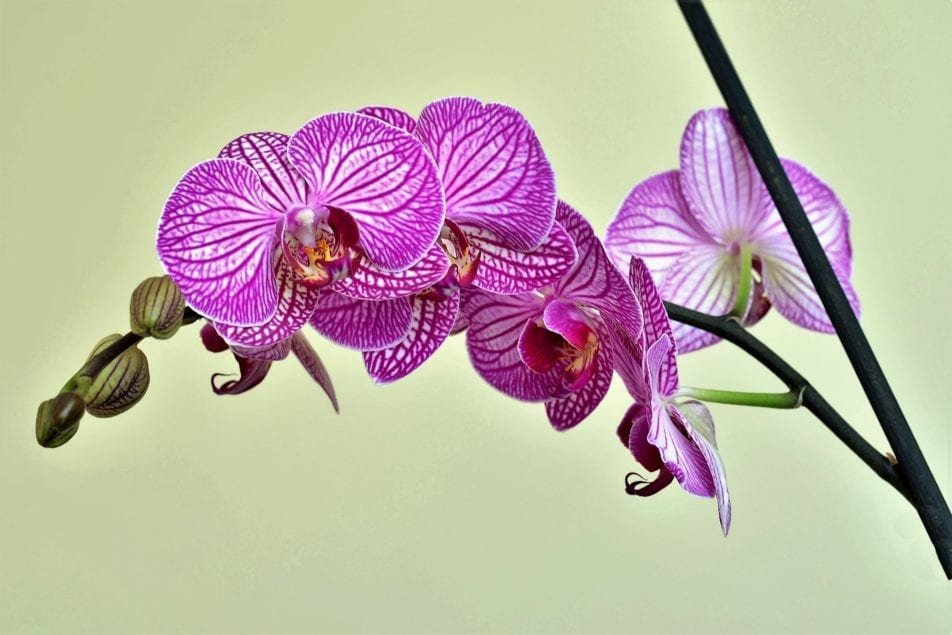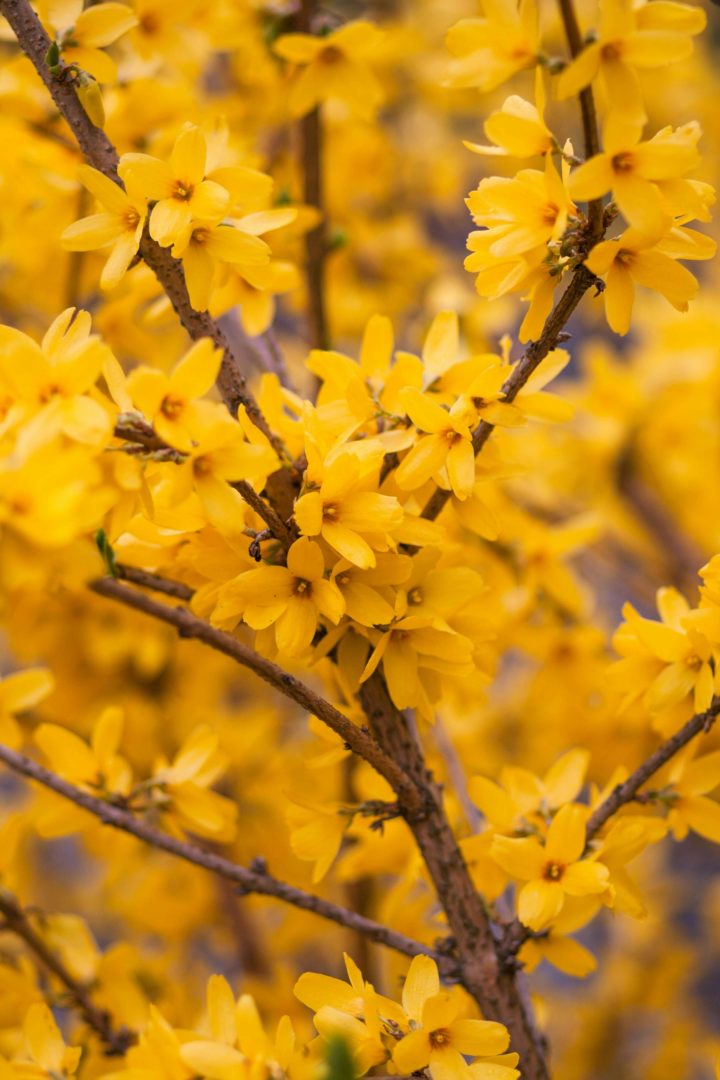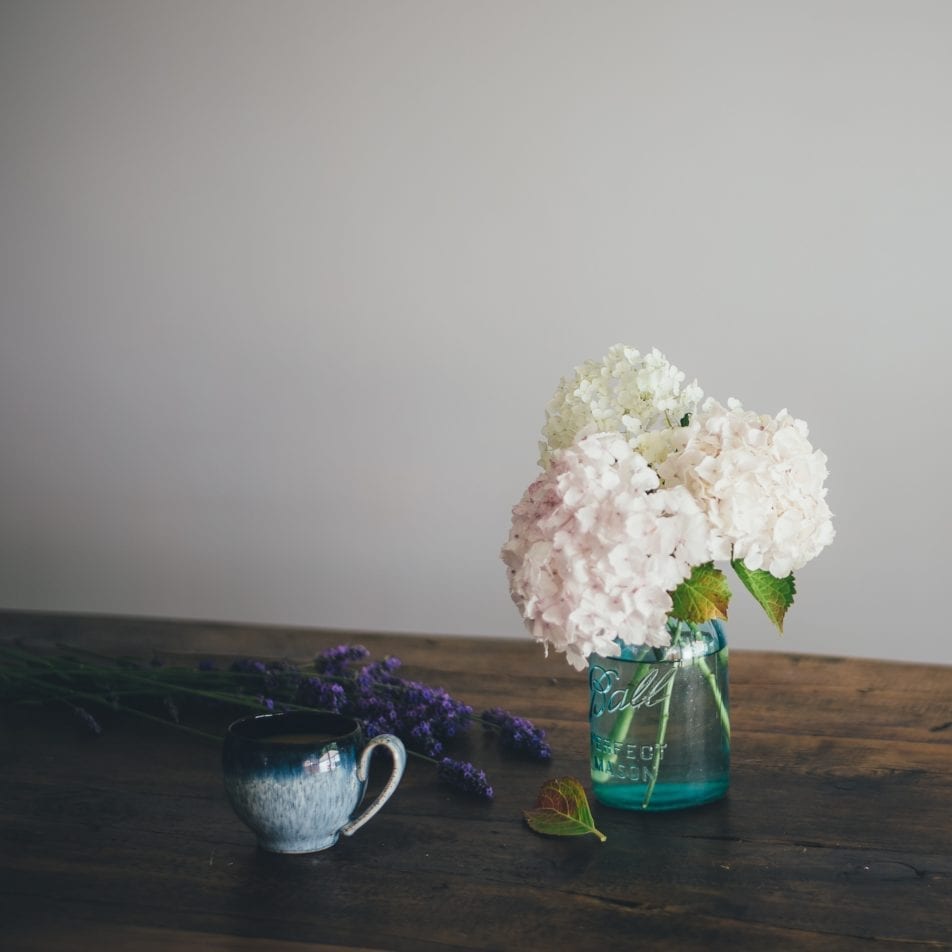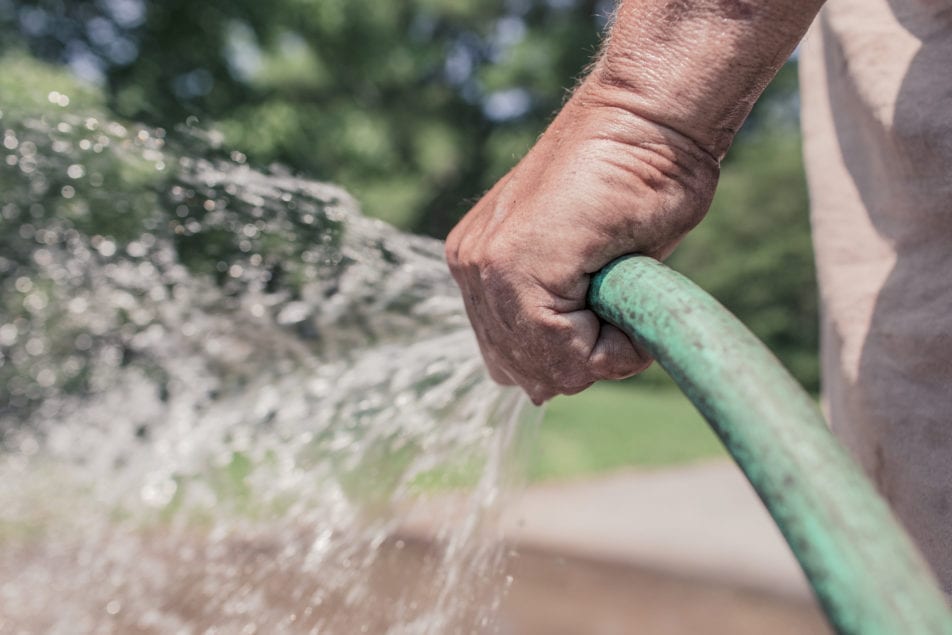Orchids are one of the most interesting flowers one can add to their house, however they do have a poor reputation for the care they require. While they are more difficult then most plants to take care of, the rewarding flower can easily outweigh the extra TLC they require. By properly educating oneself on orchid care, you can easily grow a variety of colored orchids year round. Here are the most important aspects of orchid care:
- Lighting
A good 6-8 hours of morning sun or bright indirect light is required. Without proper lighting, an orchid can live for 20 years, but never rebloom.
- Humidity
Orchids are a tropical plant, thus require high humidity to thrive. Most varieties require from 65-75 percent humidity. This is especially crucial during the winter months if the area is heated with forced air, forced air heat is notorious for drying out the room. A good way to increase the humidity is by sitting the plant on pebble on top of a tray that is kept filled of water as it evaporates. Grouping orchids together, or with other house plants, can improve the surrounding humidity.
- Temperature
Orchid temperature is dependent on the variety as well as the time of year. Cool orchids require 55-65 degrees at night and 65-75 during the day. Warm orchids are a bit more difficult as they require the same night temperature of around 55-65 degrees but prefer to be up to 75- 85 degrees during the day.
- Water
The growing medium of an orchid should have fast drainage, thus a watering schedule of every 5-7 days in the sink would be appropriate. The water used should have no additives, aside from the occasional fertilizer, and should be at room temperature. Smaller orchids may require watering every 3-4 days.
- Fertilizer
The fertilizer used is going to vary dependent on the bloom cycle. When not in bloom, a 30- 10- 10 can be used every two weeks. When the plant is in bloom, a bloom booster can be applied with every other watering.
- Repotting
The best time to repot an orchid is when it is over grown with roots and not in flower. This should be done approximately every 2 to 4 years. When repotting, be sure to use an orchid potting mix!
- Blooming
Keep in mind that after an orchid blooms, most orchid varieties will go into a rest period from production. Be sure to maintain good lighting during this period so they can properly rest and recover.






